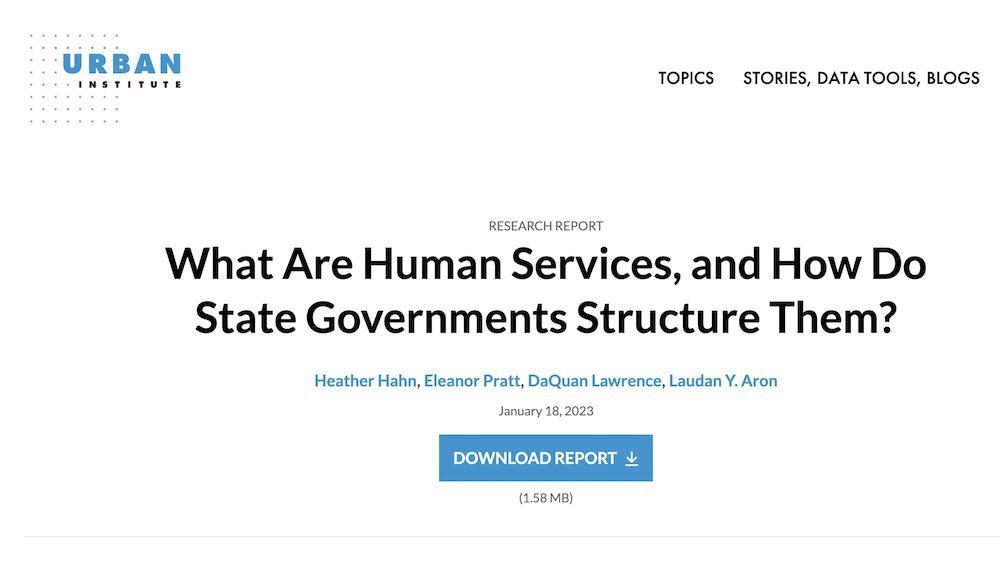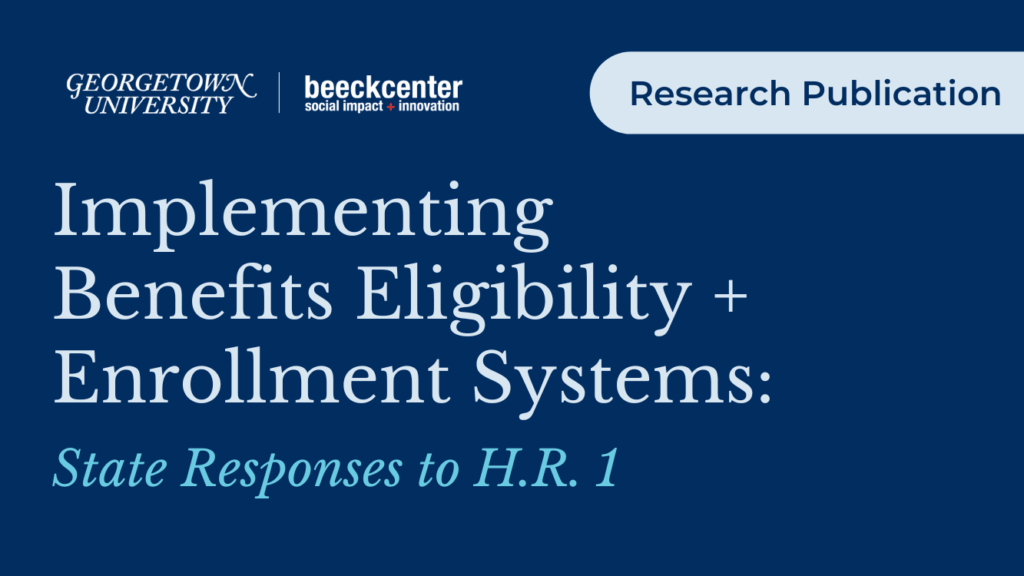The Urban Institute’s report explores the diverse ways states structure their human services systems, which encompass programs like cash assistance, aging services, child and family support, disability services, and workforce development.
It highlights that state agency configurations vary widely, reflecting efforts to balance specialization in specific policy areas with the need for comprehensive service delivery across multiple populations. The study also discusses how these structural choices influence the alignment and coordination of human services both internally and with health care systems, identifying factors that can either facilitate or hinder effective collaboration. The findings underscore the importance of thoughtful organizational design in enhancing the efficiency and effectiveness of human services delivery.
Share this Resource:



